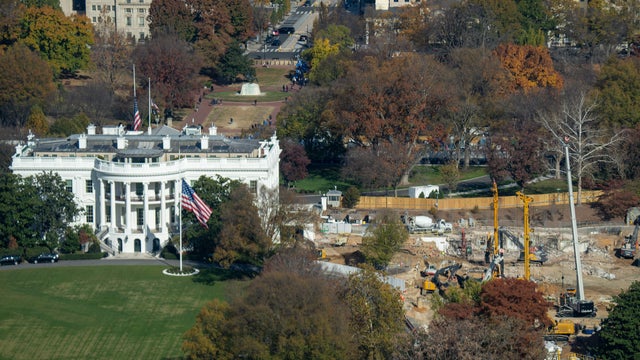

No response returned

When the Federal Reserve announced this fall, homebuyers across the country took notice. Though the Fed doesn't set mortgage rates directly, that ripples through lending markets. And, as the central bank moved to ease borrowing conditions in September and October, mortgage lenders responded by . As a result, potential home buyers who had been sitting on the sidelines suddenly found themselves with a window of opportunity.
And, the results have been tangible. The current 30-year fixed mortgage rate is sitting at about 6% on average, a notable improvement from the 7%-plus rate that was common at the start of the year. While aren't approaching the rock-bottom averages we saw a few years ago, they've softened enough to make a real difference in monthly budgets. After all, the current environment represents we've seen so far this year.
For buyers targeting homes in the $600,000 price range, understanding how these rate shifts translate into actual monthly obligations is critical. The difference between locking in a rate now versus what you would have paid earlier this year can add up quickly, making it worth crunching the numbers before you commit.
.
Today's looks considerably different compared to the start of 2025. The average 30-year fixed rate now sits at 6.00%, while 15-year fixed rates have dropped to an average of 5.50%. For a $600,000 loan amount, these current rates determine your monthly financial commitment in meaningful ways. To illustrate, here's what your monthly principal and interest payments would look like :
To put today's rates in perspective, consider what borrowers faced just a few months ago. In January 2025, mortgage rates were running considerably hotter, with averaging 7.04% and 15-year loans at 6.27%. Those higher rates meant significantly steeper monthly costs for the same loan amount:
. Someone taking out a 30-year mortgage today saves roughly $411 each month compared to January. That amounts to about $4,930 in annual savings simply from the rate environment improving. For those opting for , the monthly savings total about $249, adding up to about $2,983 per year.
Looking back to August 2024 offers . At that time, before the Fed's rate-cutting cycle gained steam, the average 30-year mortgage rate stood at 6.53%, with 15-year rates at 5.92%. The monthly payments at those rates were:
Today's borrowers are paying about $207 less per month on 30-year loans compared, which works out to $2,483 in yearly savings. For 15-year loans, the monthly reduction is approximately $135, or $1,620 annually.
.
Current homeowners locked into higher rates from earlier periods may be wondering . Today's refinance rates offer potential opportunities, though they require careful analysis to ensure the numbers work in your favor. Here's what a $600,000 refinanced mortgage costs each month at today's averages:
For homeowners currently paying 7% or higher, a refinance could meaningfully reduce monthly expenses or allow you to shift into a shorter loan term without a drastic payment increase. However, refinancing isn't a decision to make based solely on rate comparison. You'll need to , which typically run 2% to 5% of the loan amount, and calculate how long it will take to break even on those upfront expenses through your monthly savings. If you're planning to stay in your home long enough to recoup the costs, refinancing could be financially sound.
A $600,000 mortgage represents a significant long-term commitment, but today's interest rate environment makes those monthly payments more affordable than what buyers faced earlier this year. Current borrowers are saving hundreds of dollars per month compared to the rates available in January or even late summer. And, for existing homeowners carrying higher-rate loans from previous months, exploring refinance options could unlock additional savings depending on their current rate and how long they intend to remain in the property.





